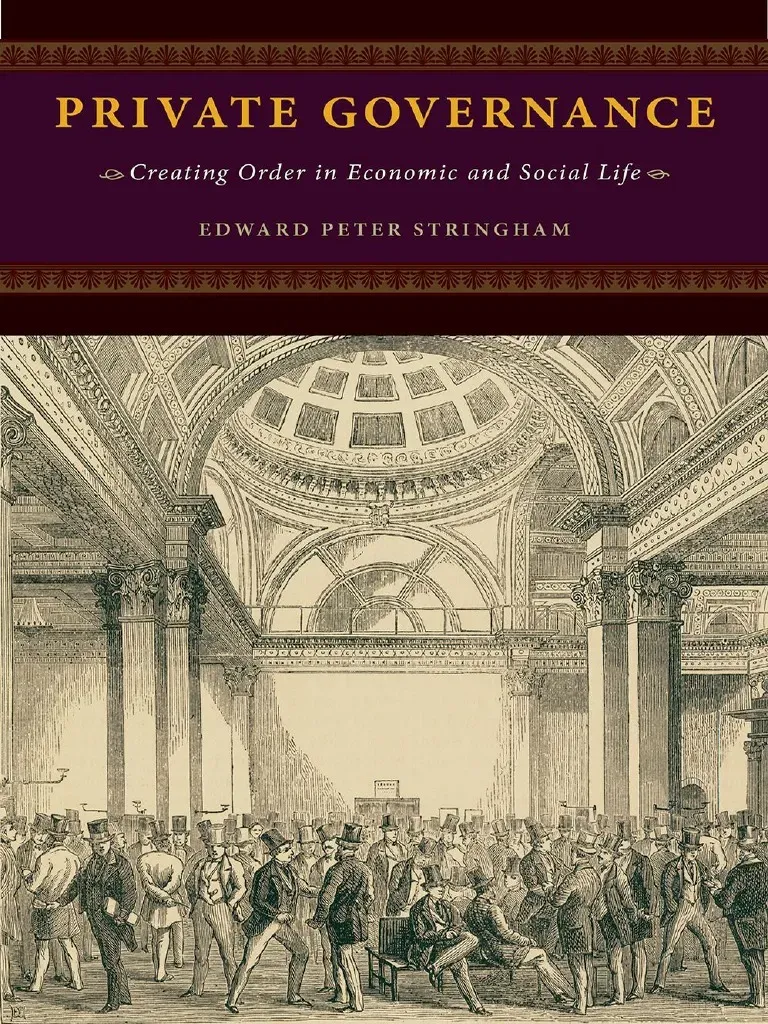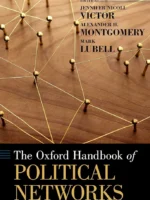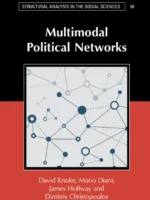Networked Politics: Agency, Power, and Governance Review
This edited volume shows how political outcomes emerge from patterned ties among states, firms, NGOs, and experts. It centers agency within constraints: actors pursue goals, but the network around them shapes what is feasible. For you, it reads like a map of contemporary governance where influence flows through partnerships, platforms, and coalitions rather than single hierarchies.
Overview
Chapters connect theory to cases: transnational regulation, security cooperation, financial standard setting, advocacy campaigns, and internet governance. The toolkit includes centrality, brokerage, and diffusion, plus attention to how rules and reputations travel across venues.
Summary
Contributors trace how coalitions assemble, how norms scale from pilot forums to global regimes, and how gatekeepers control agenda access. You see multi-level bargaining where public and private authority co-produce standards. Competition among networks is a recurring engine: rival frames, data, and alliances contest policy space until one structure stabilizes.
Editors
Miles Kahler curates a collection that balances analytic rigor with policy relevance. The prose varies across chapters, but the through line is clear: networks are not metaphors, they are governing architectures.
Key Themes
Agency inside structure, private power in public rulemaking, multiplex ties that move money, expertise, and legitimacy, and the path dependence created by early coalitions and convening venues.
Strengths and Weaknesses
Strengths: comparative cases, mechanisms over slogans, and actionable concepts for practitioners. Weaknesses: measurement choices are sometimes implicit, and data access varies by domain. Still, the book offers a durable frame for thinking about power today.
Target Audience
Policy analysts, international relations scholars, NGO strategists, and corporate public-affairs teams who need to build or counter coalitions across borders.
Favorite Ideas
Venue shopping as a strategic move, cross-network brokerage as a source of leverage, and standard-setting bodies as quiet centers of authority.
Takeaways
Diagnose the field as a set of overlapping networks, locate gatekeepers, and design alliances that add new ties rather than shouting through old ones. Governance is won by structure, not slogans.




